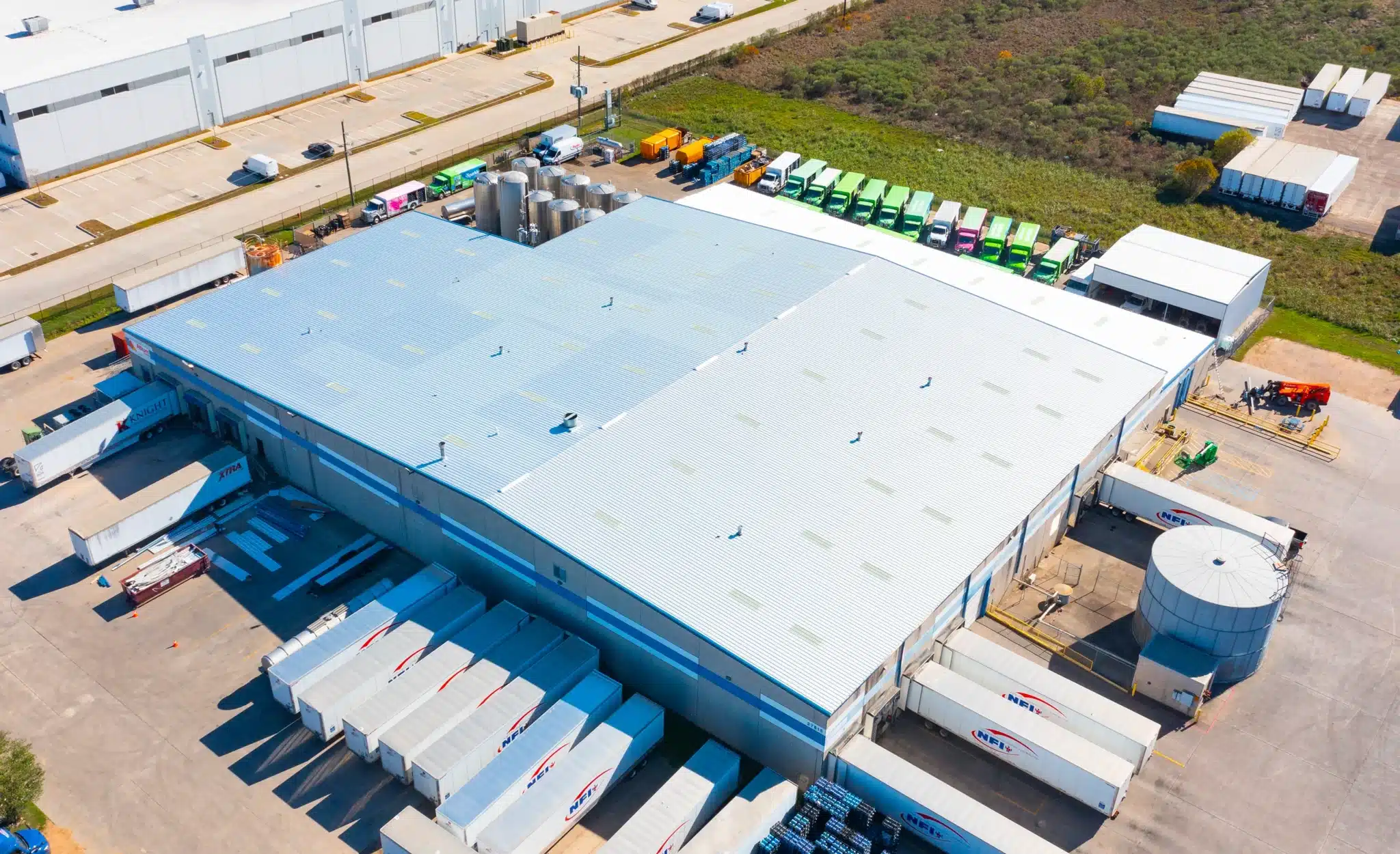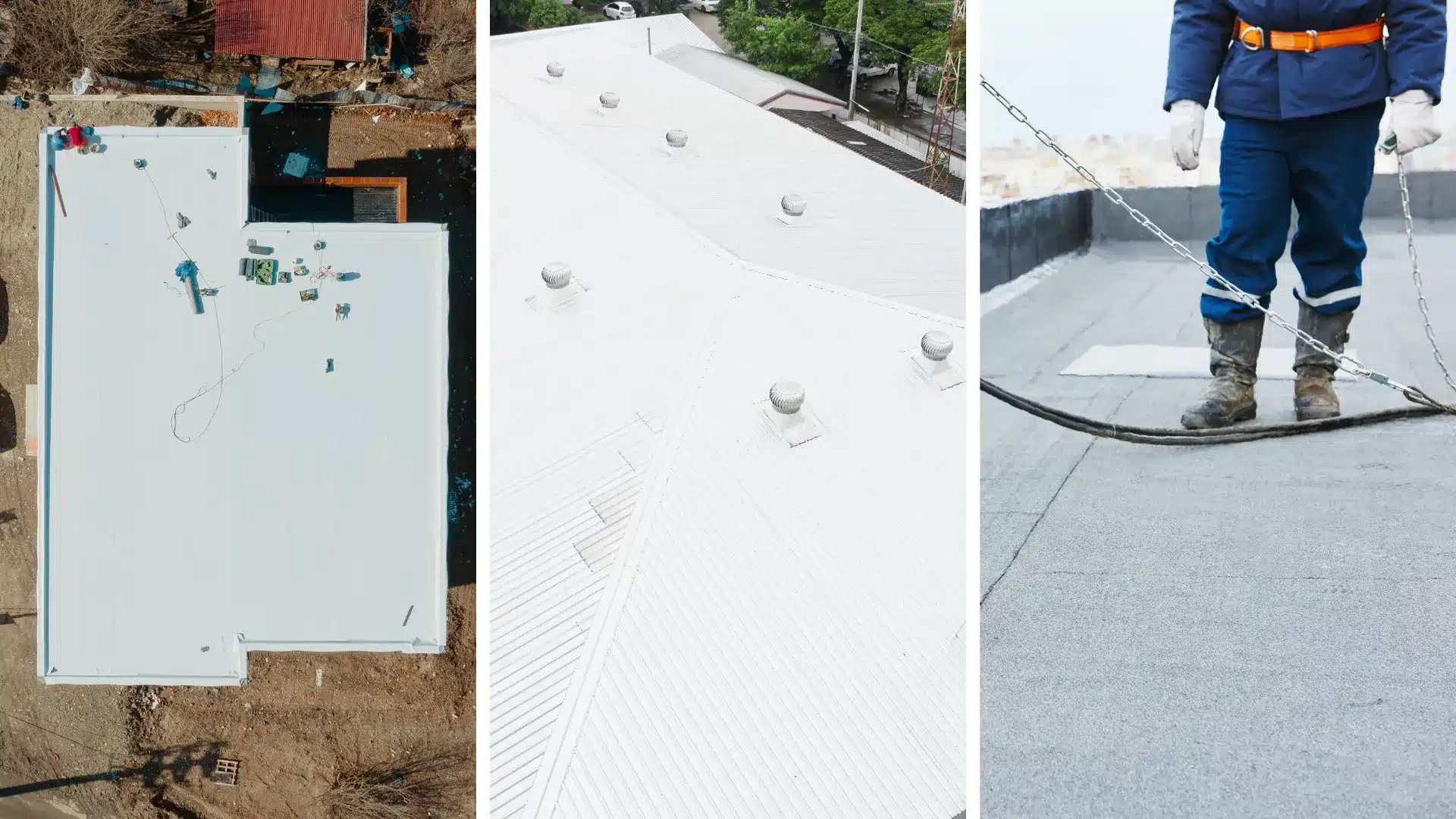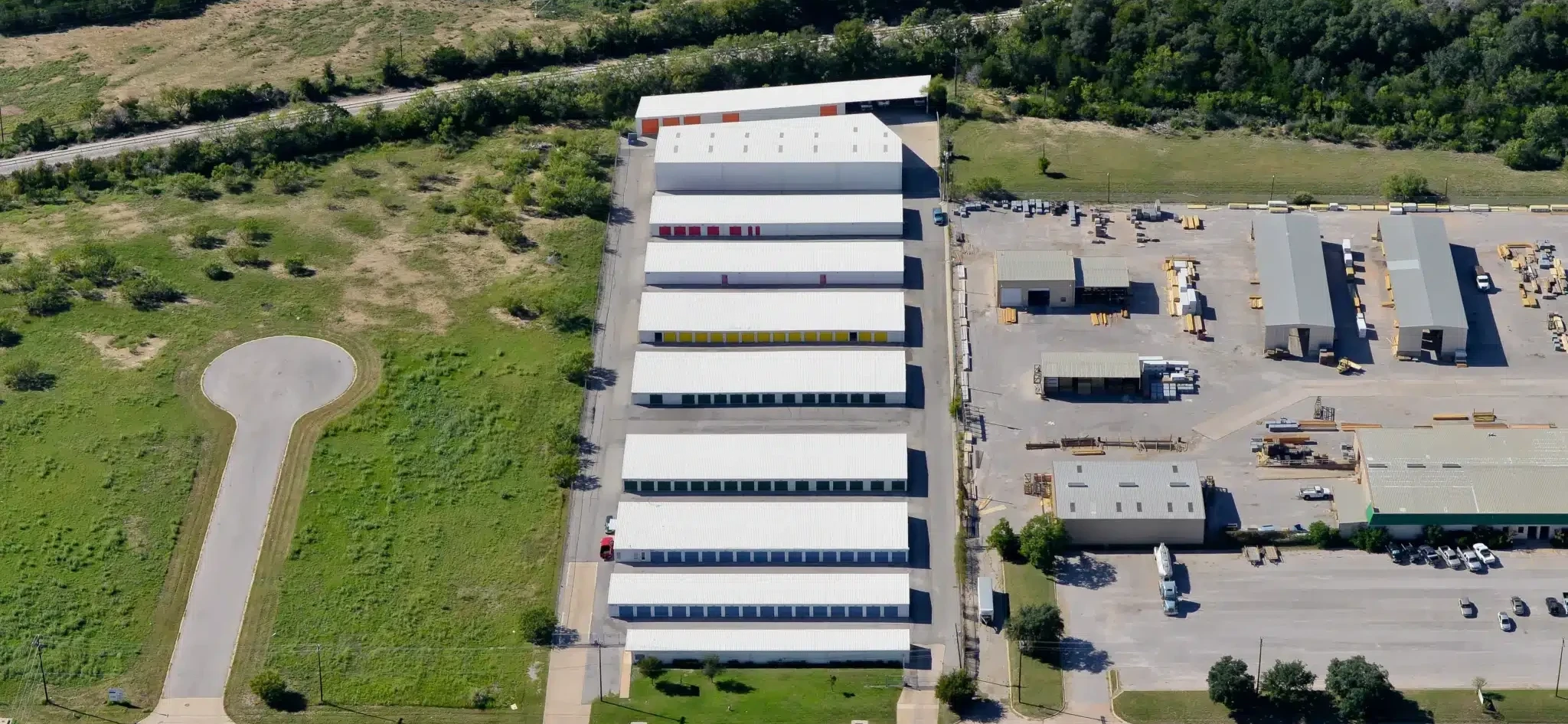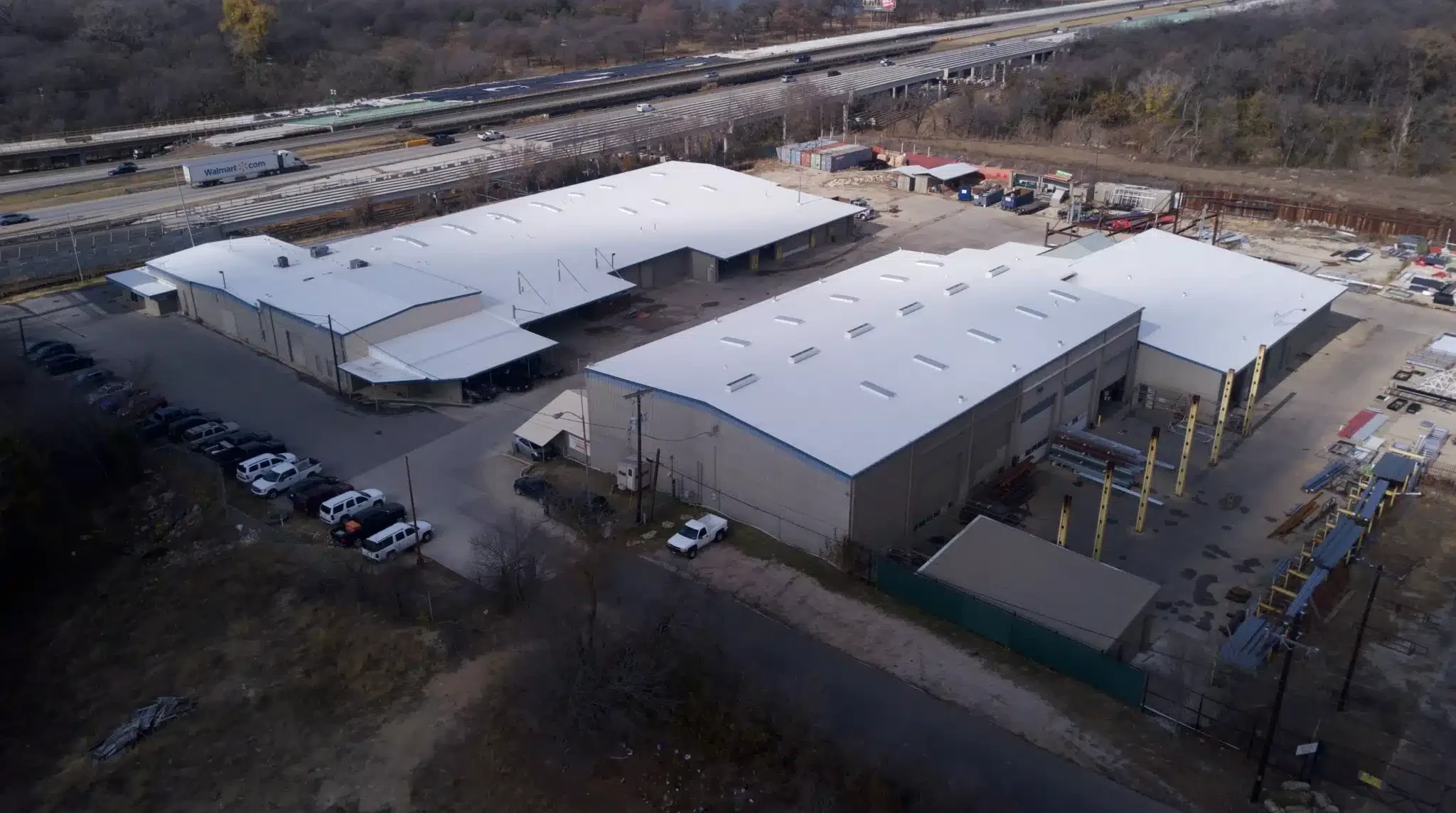
Summary Highlights:
- Prevent premature failures with biannual inspections, post-storm checkups, and routine drain/gutter cleaning.
- Catch issues early—blisters, cracks, ponding, soft spots, seam separations, loose flashing, and sagging—before they become costly leaks.
- Extend roof lifespan by resealing penetrations and edges and repairing minor damage promptly.
- Protect warranties and budgets with photo-rich reports that document conditions, repairs, and next steps.
Commercial roofing systems are designed to perform, but only if they're properly maintained. Constant exposure to severe weather conditions, intense UV rays, and severe temperature shifts can compromise even the best systems. Proper maintenance can preserve the integrity of your commercial roof, extend its lifespan, and reduce the costs associated with unexpected repairs and premature replacement.
As full-service commercial roofing specialists, at WaterTight Roofing, we've seen firsthand how consistent roof maintenance prevents minor problems from becoming major, minimizing downtime, reducing operational expenses, and improving building performance. To help keep your roof in top shape, in this guide, we share our top maintenance tips for commercial roofs.
The Importance of Preventative Maintenance
Though it's one of the most important components of a commercial building, many business owners and property managers don't give their roofs the attention they require. Regular exposure to heat, sun, and moisture can take a serious toll on even the most durable materials. Without proper maintenance, minor issues, such as cracks and clogged gutters, can rapidly escalate into serious widespread damage. Routine maintenance ensures your roofing system continues to operate at peak efficiency.
Keeping up with commercial roof maintenance offers several measurable benefits:
- Strengthens system performance and lengthens lifespan
- Lowers long-term expenses by improving energy efficiency, reducing the need for emergency repairs, and premature replacement
- Maintains warranty and insurance requirements
In short, preventative maintenance protects more than your roof; it protects your commercial property, your operations, and your peace of mind.
Establishing an Effective Roof Maintenance Schedule
For a roof maintenance plan to be effective, consistency is key. Most commercial roofs should be inspected twice a year, once in the spring and again in the fall. Inspections should also be scheduled after severe weather events, such as high winds, heavy rain, and hailstorms.
A comprehensive maintenance plan should include:
- Biannual inspections to assess and document wear, damage, and poor drainage
- Seasonal cleaning to remove debris from gutters and downspouts
- Post-storm assessments to check for punctures, loose flashing, and wind damage
- Sealant and flashing maintenance to reinforce waterproofing
You should receive a detailed report after each inspection to keep track of maintenance history and any performance issues. The information compiled in these reports will allow for informed decision making related to maintenance and repairs.
Key Maintenance Strategies to Maximize Roof Performance
While every roofing system has specific features and needs, there are some key maintenance strategies that apply to all commercial roofs.
- Keep Surfaces and Drains Clean: Standing water is one of the most common yet preventable causes of premature roof failure. To prevent pooling water, drains, gutters, and scuppers should be cleaned on a regular basis.
- Repair Minor Damage Promptly: While things like small punctures, damaged flashing, and loose seams may appear minor, they can lead to serious problems, such as moisture infiltration. Address any issues quickly to prevent more widespread damage.
- Monitor Signs of Aging: Keep an eye out for early signs of aging, such as blisters, cracks, sagging, and granule loss. Early intervention can restore performance and delay the need for premature roof replacement.
- Maintain Sealants and Flashings: Penetrations and perimeter edges are often the first points of failure on commercial roofing systems. Resealing penetrations and edges to maintain a watertight barrier.
- Record Maintenance Work: Detailed documentation of inspections, repairs, and cleanings, provides valuable insights related to a roof's performance and helps guide long-term planning.
Advantages of Professional Roof Maintenance
- Comprehensive inspections, checking all components of your roofing system, from flashing and membranes to drainage and seams.
- Detailed reporting, complete with photos, descriptions, and analysis to allow for proper planning.
- Maintenance recommendations prioritized by urgency, budget, and long-term performance.
Our approach is designed to help business owners and property managers make informed, strategic decisions, improving roof performance, and preventing unexpected and expensive surprises.
Maximize Your Roof's Performance with WaterTight Roofing
Since 2011, WaterTight Roofing has been committed to helping commercial property owners and managers protect their properties. Our team has experience with all types of roofing systems and delivers practical insights to boost performance and reduce expenses.
Contact us today to schedule a professional inspection. We'll evaluate the condition of your roof. When we're on the job, you can feel confident knowing that your commercial property will be well protected.
Blog subscribers get new resources and how-to guides delivered via email.
Your Business Relies On Staying Dry





